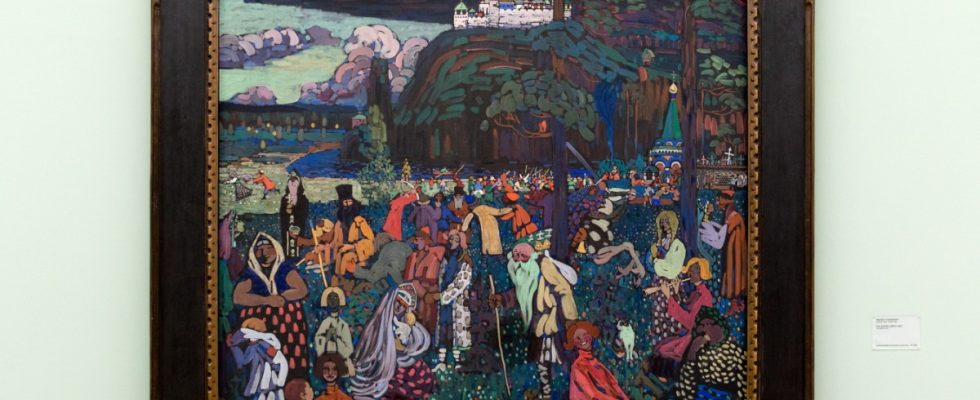In the dispute over the restitution of the painting “The Colorful Life” by Wassily Kandinsky to the heirs of the former Jewish owners, the budget committee of the Bavarian state parliament approved the return of the painting in its closed session on Wednesday. This is reported by the German Press Agency, citing information from several committee members. The Committee is thus following the recommendation of the Advisory Commission on the return of cultural property confiscated as a result of Nazi persecution, also known as the Limbach Commission.
A few weeks ago, the commission decided on the recommendation for the return on the grounds that the family of the claimant was indisputably persecuted individually and collectively during National Socialism. And according to the handout for the implementation of the “Declaration of the federal government, the states and the municipal umbrella organizations on the tracing and return of cultural property confiscated as a result of Nazi persecution, especially from Jewish property” from December 1999 “a legal transaction loss in Germany during the period of persecution is generally considered a Nazi due to persecution if the owner at the time was persecuted”. The Kandinsky picture can therefore be considered to have been withdrawn as a result of Nazi persecution – even if precisely this classification is repeatedly disputed. And Bayern LB is of the opinion that a family member caused the sale “voluntarily and independently of the effects of National Socialism”.
Before the deliberations in the budget committee, the Greens in the Bavarian state parliament had demanded that the state government and the state bank immediately return the Kandinsky painting to the heirs of the former Jewish owner. They referred to the “great responsibility” that the Free State bears towards the descendants of persecuted and murdered Jews in Bavaria.
“The Colorful Life” from 1907 is considered one of Kandinsky’s main works. From 1927 the tempera painting was part of the art collection of Hedwig and Emanuel Albert Lewenstein in Amsterdam, who loaned it to the Stedelijk Museum. It shows old Russian figures and fantastic, fairytale motifs. According to the commission, it was auctioned off on October 9, 1940, a few months after the German Wehrmacht occupied the Netherlands. The Bayerische Landesbank acquired it in 1972 and loaned it to the Städtische Galerie im Lenbachhaus in Munich. According to the museum’s online collection, it is not on display. The Lenbachhaus did not want to comment on request because of the ongoing proceedings.

